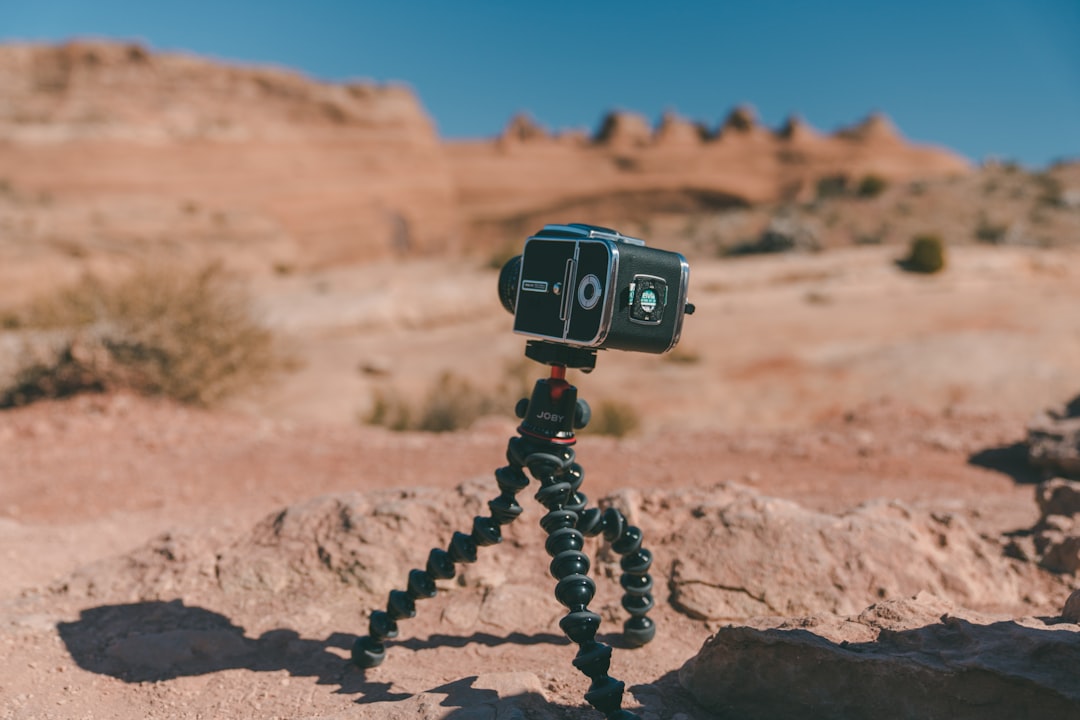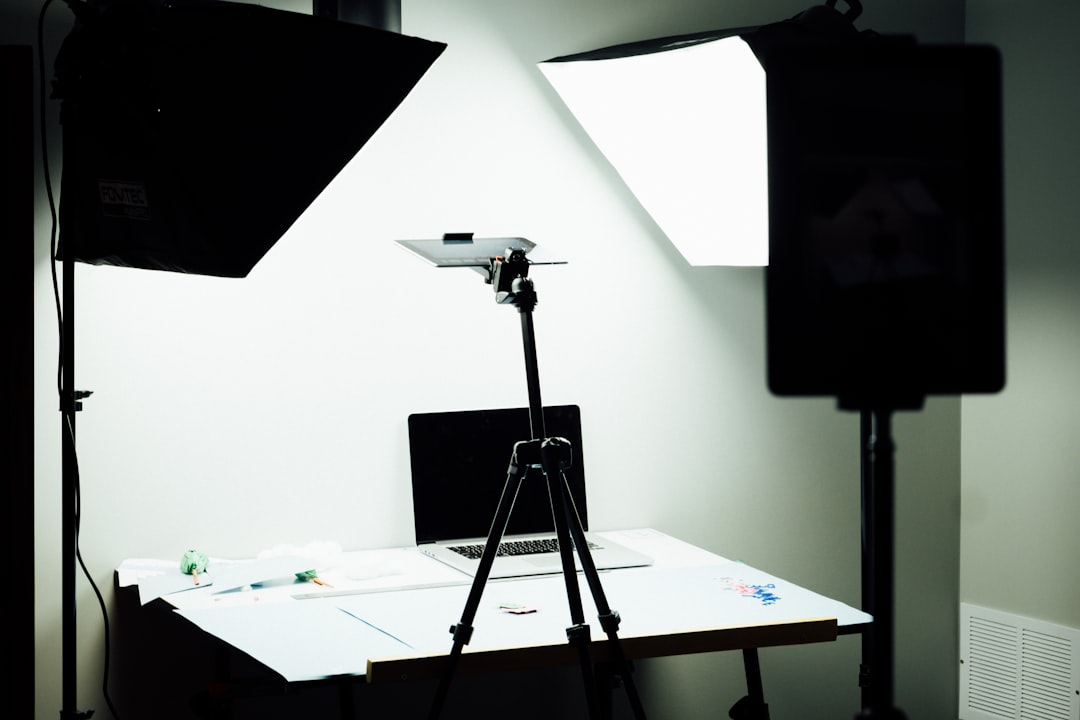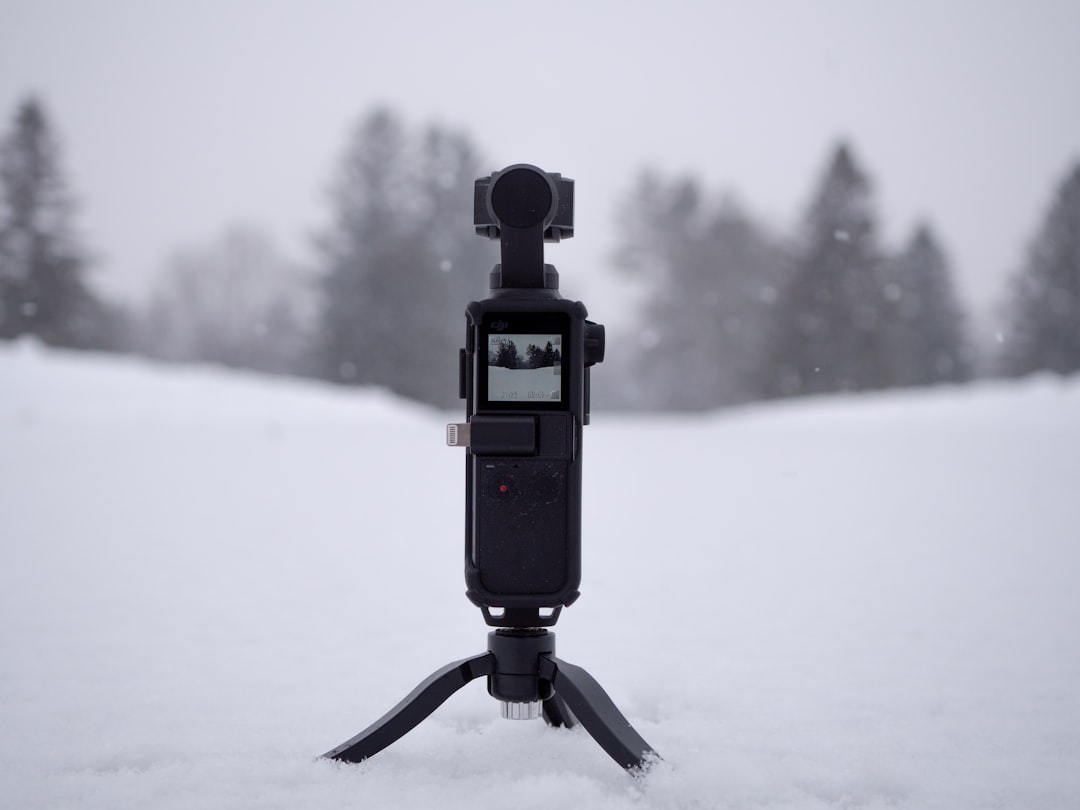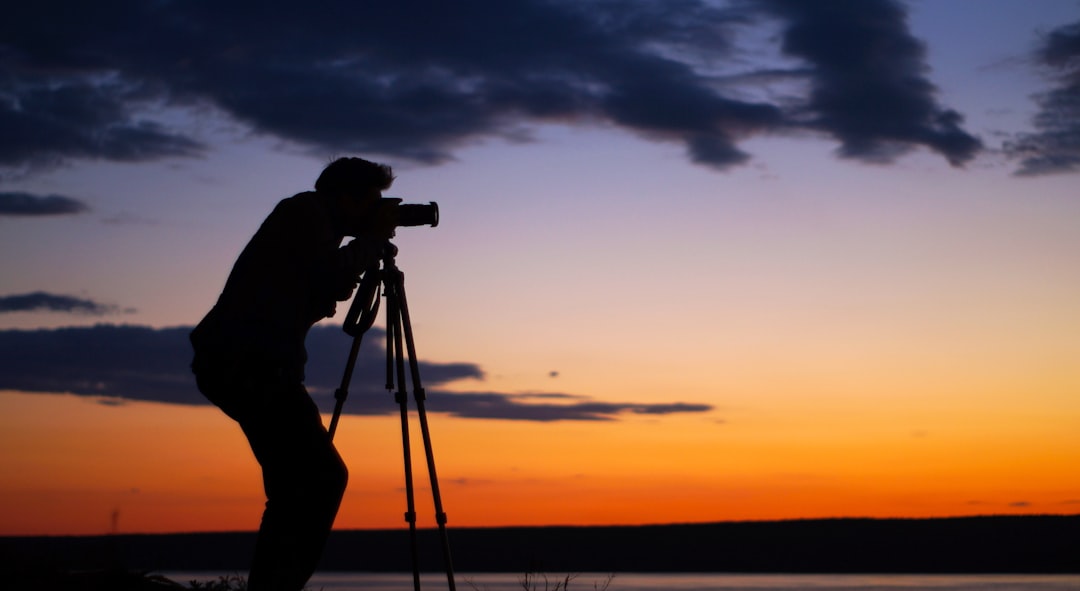We have three basic stances for holding our cameras or phones in the world – monopod, tripod, and handheld. Which is best for you? We are going to go through each stance and explain why you may or may not need to use them.
Table of Contents
Monopod
A monopod is one leg-only tripod, while a tripod has three legs. A monopod is often used by sports photographers who wish to keep their camera steady while using a fast shutter speed to freeze action. A tripod, on the other hand, is usually more stable but takes longer to set up and adjust than a monopod. Both have their uses and both come in different designs.
When to use a monopod
A monopod is particularly useful for taking photos where you need to shoot at a fast shutter speed. This means that you will be shooting in low light conditions, so it is important to get your camera perfectly level. This is particularly important with long telephoto lenses where you may not be able to hold your camera very steady.
Monopods are also a good choice when you want to use a very slow shutter speed, say 1/10 of a second or slower. This allows you to blur the background and create an interesting photograph without any blur due to the movement of the camera or subject.
This can be helpful for many people with shaky hands, as the weight of the camera is transferred to the leg, which can help steady it. It also has a useful range of uses, depending on your needs and abilities. If you want to use a tripod, then you can do this, but you will need to take the leg off to do so. If you are using a monopod and want to attach a longer support, you may need to buy another monopod foot. There are loads of different types available on Amazon or eBay.
Tripods
Using a tripod is often the best choice for landscape and architectural photography. It is better because it provides a stable platform for your camera. It allows you to choose a wider angle of view than can be achieved with a monopod, as well as allowing you to move about while photographing. You can also use a tripod to ensure your camera remains level while you take a photo. Tripods are also more stable than monopods and will not tip over easily.
When not to use a tripod
A tripod is less stable than a monopod when shooting in high winds. It will also need more space than a monopod so will not fit into tight spaces such as a room or under a tree. They are also harder to set up and take down than a monopod, which means that if you need to change position frequently, it’s easier with a monopod.
Choosing between a monopod or tripod
When choosing between using a monopod or tripod, it is important to consider the nature of your subject and what you are trying to achieve. A monopod can be used effectively as a substitute for a tripod and vice versa. Both are useful tools and there are pros and cons to each of them.
Monopods are often lightweight and compact, but they can be quite unstable when you are walking across uneven ground or if the ground is wet. Tripods are usually heavier than monopods, but are more stable on uneven terrain and allow for more flexibility in camera positioning, especially when using wide-angle lenses. Monopods are particularly effective when shooting landscapes, while a tripod will work well for a range of other subjects.
For shooting landscape and architectural subjects, a monopod is more versatile than a tripod because it allows you to move faster, which means you can capture fleeting moments of movement. On the other hand, if you are shooting something that requires greater stability, such as a group portrait, a tripod is essential as it provides more stability and helps to eliminate camera shake.
If you are planning to take your photographs on location or in a studio, consider your personal preference. If you prefer to shoot on your own, then a monopod is the best choice, while a tripod allows for more freedom of movement, so you can work alongside others in a studio or during a family event. For those who are working with people, a tripod allows for greater camera stability and easier focus than a monopod. However, a monopod can be more stable and suitable for use on rough terrain.
Monopods are more expensive than tripods and so are only suitable for occasional use, but their versatility can be invaluable. Tripods are usually less expensive but are heavier and therefore require more support. While both are good options for general photography, there is no right or wrong choice. The best equipment will allow you to get the best results in the most effective way.
Which one should you use?
Monopod:
If you are trying to take pictures or videos of yourself, then you will need to use the monopod. It is a more secure way of holding your phone in front of your face for taking selfies and group photos. This can be useful if you have arthritis or difficulty holding a phone in one hand, or if you have a disability that makes you shaky. It can be very helpful with long periods of holding the camera still as it transfers the weight to your leg, which helps steady it.
Tripod:
When you want to take a photo in a very stable place, then the tripod is your best choice. It allows you to use a larger and more powerful lens (and therefore take more photos) than you would be able to using a monopod or handheld. You can also attach a longer monopod/handheld support to get a better angle for your shots and video. The tripod is also ideal if you are planning to use a long exposure. The downside is that if you are going to be moving around (such as at a wedding), then the tripod may be cumbersome to set up and move.
Pros and Cons of Monopod and Tripod
Let’s start with monopods. This is a type of camera that has a single handle which is held by the operator. It is usually used in situations where the operator needs to move around a lot, such as during a concert, a wedding, or while traveling.
Pros of monopods:
– They are easy to use since they only require one hand to operate.
– They are portable and lightweight.
– You can use them in any weather condition.
– They are relatively cheap compared to other options.
Cons of monopods:
– They are not stable and will move if you move too much.
– They are not recommended for long exposure photography.
– They can’t be used with some camera models.
Now let’s talk about tripods. Tripods are also called tripods, monopods, or three-legged stands. Tripods are very stable and will hold your camera steady. They are usually made from metal and come with a tripod head that can be attached to the camera.
Pros of tripods:
– They are stable and easy to use.
– They can be used in any weather conditions.
– They are a great choice for long exposure photography.
Cons of tripods:
– They are heavy and bulky.
– They are not portable.
– They can be expensive to buy.
If you’re looking for a monopod, I recommend getting a good quality one. But if you’re looking for a tripod, then a good quality one is a must. However, there are some cheaper options that are still quite good.
FAQ
Why would you use a monopod?
Monopods are useful for various reasons. For instance, if you’re shooting a scene in a studio, then a monopod is a good way to keep your camera stable. Monopods are also useful if you’re taking photos of a moving subject, such as a car. With a monopod, you don’t have to worry about holding the camera steady.
Is a monopod worth it?
If you’re looking to take your photos, a monopod is definitely worth it. The monopod is a lightweight, portable, collapsible, and extendable pole. This versatile piece of equipment allows you to move around your subject without worrying about losing your balance. You can also use a monopod as a stabilizing tool to take photos with your smartphone, while you’re out walking.
Is a monopod good for photography?
A monopod is a type of support that is used for photography. It is a single leg that is attached to a camera or a tripod. Monopods are designed to be lightweight and portable. They can be used for both still photography and video recording. Monopods are often made from aluminum, which is light, and strong.
Can a monopod stand by itself?
Monopods are very stable, and can stand alone on a surface. They’re easy to transport, and you can take them with you wherever you go. Monopods come in different sizes, and you can use them indoors or outdoors.
How do you stabilize a monopod?
Stabilizing a monopod is very easy. All you have to do is tighten the screws until it’s secure. To loosen the screws, turn them clockwise.
Is a monopod good for landscape photography?
A monopod is not suitable for landscape photography. It’s designed for photographers who are using a large aperture and need stability. It is not suitable for photographers who want to use a small aperture and are looking for a stable camera.
Is monopod good for video?
A monopod is a tool that can be used to stabilize a camera while shooting a video. This tool can be used to keep a camera steady while recording video. It also provides stability while using the camera. Monopods come in a variety of styles and designs. Some monopods can be folded up, others are made so that they can be collapsed and stored.
Should I turn off image stabilization when using a monopod?
Most modern smartphones and cameras have built-in image stabilization (IS) systems. This is a feature that allows you to take sharp, clear photos even if you are hand-holding the phone or camera. However, if you use a monopod, the monopod will prevent the IS from functioning properly. If you are using a monopod, you should disable the built-in IS to avoid blurry images.
Conclusion
The difference between a monopod and a tripod is the height of the camera. Tripods can be used for a wide range of purposes. They are often used when you need to support a camera that is heavy or too large to fit in a monopod.
While monopods are generally smaller, they are not as versatile. You can use a monopod to hold your camera at a certain height, but it’s not going to provide much stability. You could probably get away with using a monopod for long-distance shots, but for anything close up, you’ll need a tripod.





3 thoughts on “Monopod vs. Tripod: When and Why to Use”
Comments are closed.